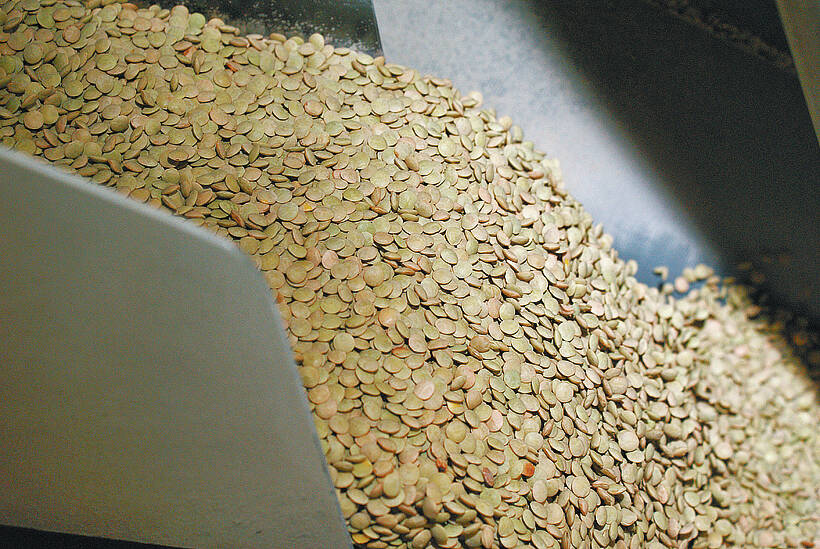Customers’ increasing demand for specific attributes in the grain they buy has redoubled the Canadian Wheat Board’s efforts to find out exactly what farmers are growing, and where.
The board is surveying permit book holders to find out what varieties and quantities of board crops are being grown.
Brain Fedak, board supervisor of market development, said millers and maltsters are setting up their facilities to handle grain of a particular quality. They know they can get it by ordering particular varieties.
For example, he said the Chinese, major customers of malting barley, are familiar with Harrington and have their plants set up to handle it. But problems have developed as Harrington, once the dominant variety, has lost some acreage to varieties such as Oxbow and Manley.
Read Also

Green lentil market oversupplied
Farmers in Western Canada can expect price pressure on their new crop of green lentils, as the available supplies among the world’s major lentil-growing nations increase significantly.
Chinese customers say a blend of 60 percent Harrington and 40 percent other varieties won’t work. They need grain that is better than 95 percent true to a variety type.
Detailed information
The data from this year’s survey will tell the board what is being grown on a train run and even a delivery point basis.
But eventually, it will have to establish more identity preserved contracts with growers similar to the ones it has now for CPS and Extra Strong varieties.
Such programs will also help growers know what buyers want.
For example, Genesis was the first white prairie spring wheat focused on the Asian noodle market, but it was too soft, said Fedak.
The newer variety Karma is harder and the board has developed markets for it. Many thought farmers were turning to Karma in large numbers, but Fedak thinks the split is still closer to 50-50.
The board has already disappointed some customers by shipping cargos that turn out to have too much Genesis in them. The survey should help avoid such problems in the future.
But Fedak said this work can’t stop at surveys and identity preserved programs. Buyers must be convinced to pay premiums for such “babysitting” of the product.
The board’s existing programs offer growers only a delivery incentive and on-farm storage payment, and Fedak recognizes that’s not enough.
The board must be the conduit for communication both ways. It must not only inform growers of buyers’ wishes, but also make clear to buyers the need for reward when farmers make the effort to fulfill those wishes.














